Bantry
Bantry
Bantry is a town in the civil parish of Kilmocomoge in the barony of Bantry on the coast of West Cork, County Cork, Ireland. It lies at the head of Bantry Bay, a deep-water gulf extending for 30 km to the west. Wikipedia
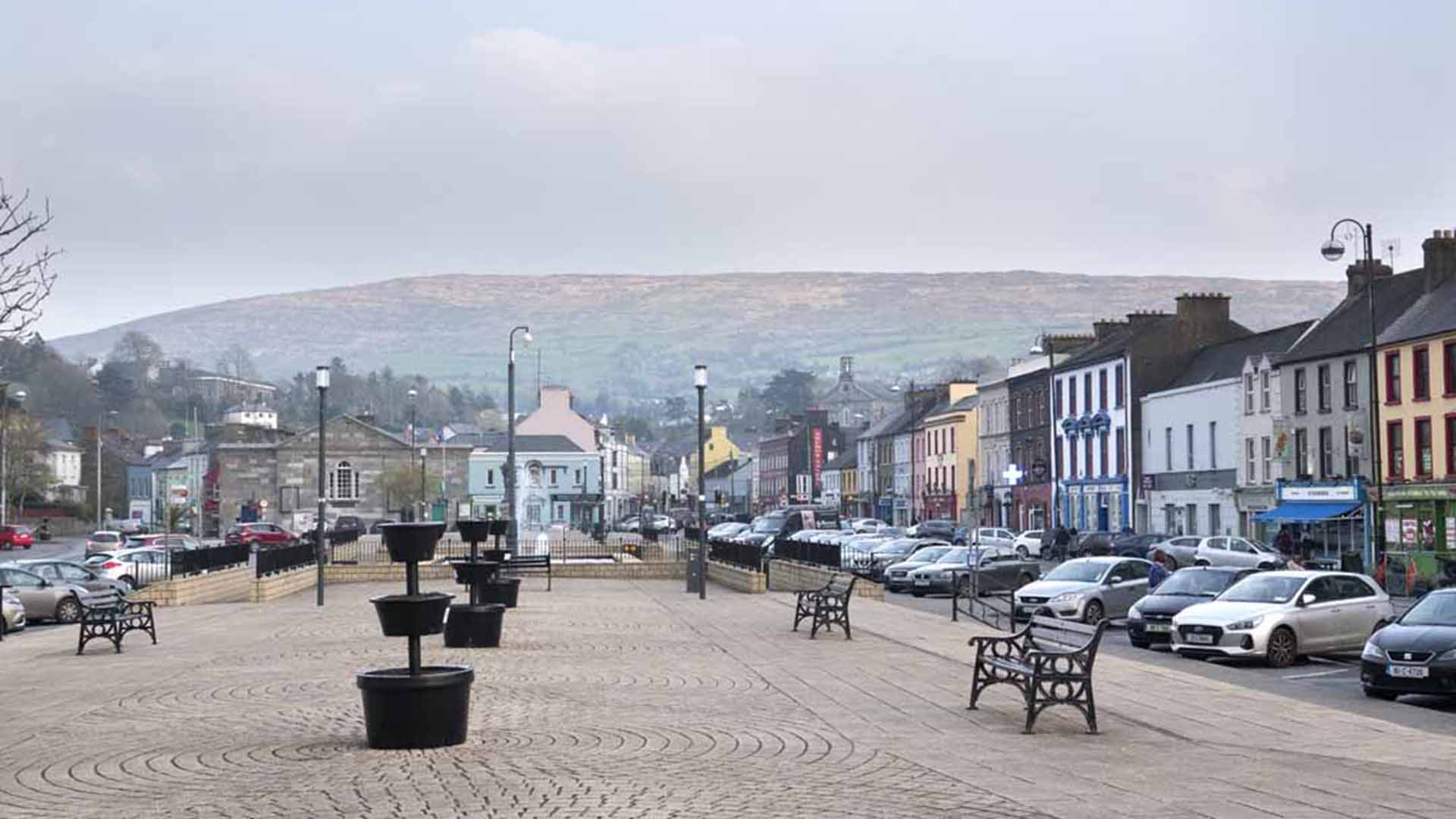
Theobald Wolf Tone
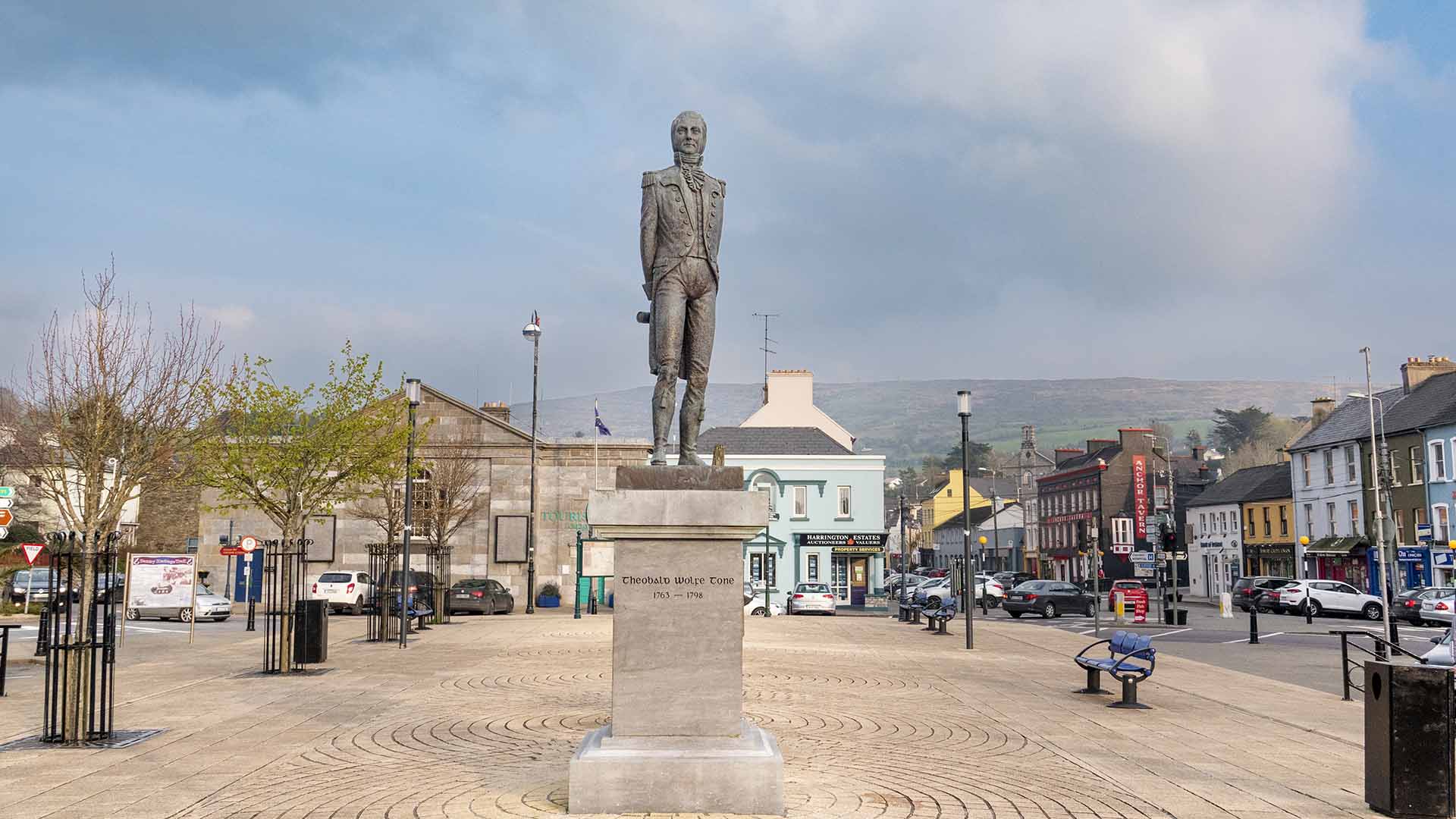
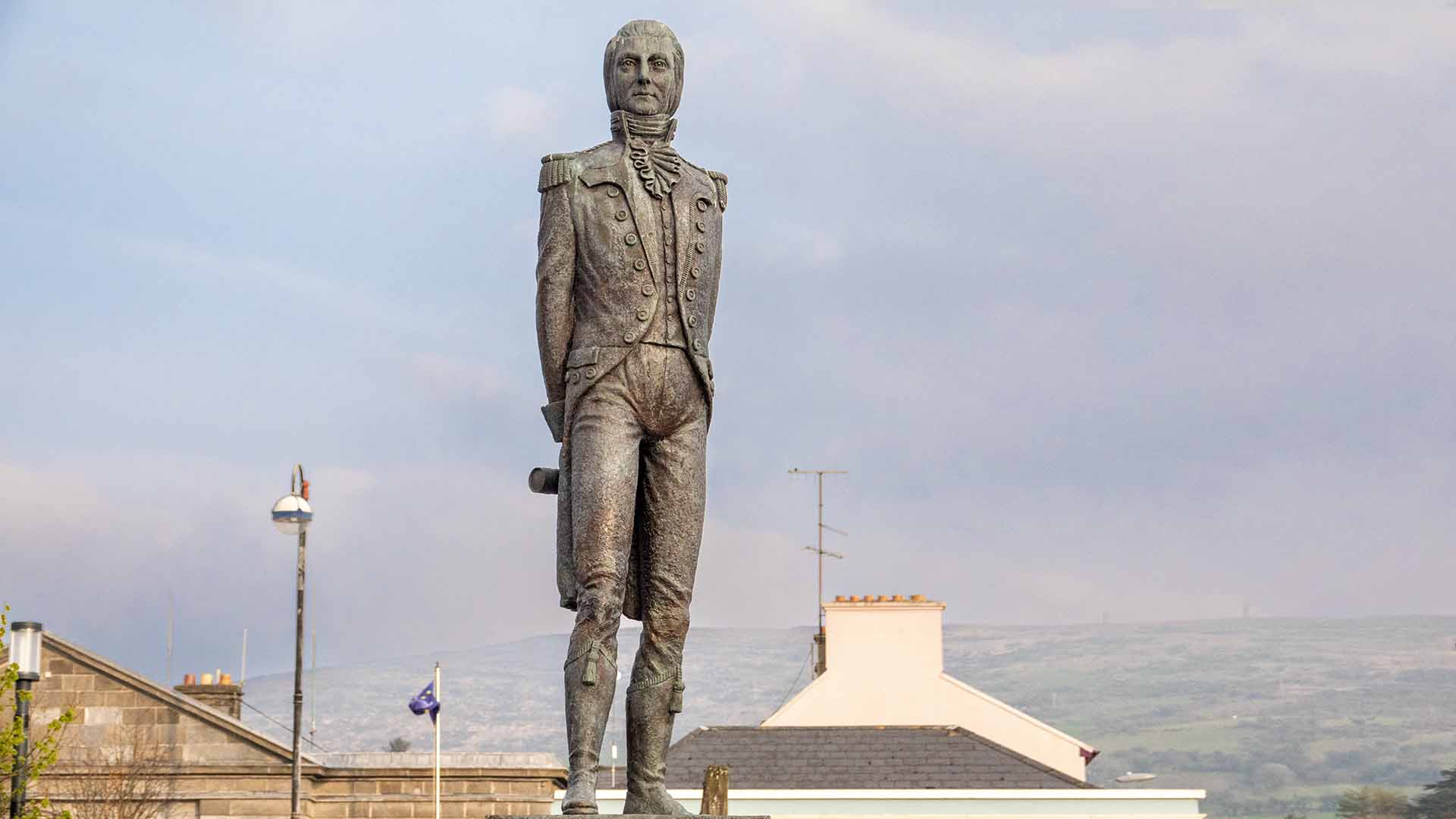
This statue stands in the Bantry town centre, there is also a statue in Dublin
Theobald Wolfe Tone, posthumously known as Wolfe Tone, was a leading Irish revolutionary figure and one of the founding members of the United Irishmen and is regarded as the father of Irish republicanism and leader of the 1798 Irish Rebellion. Wikipedia
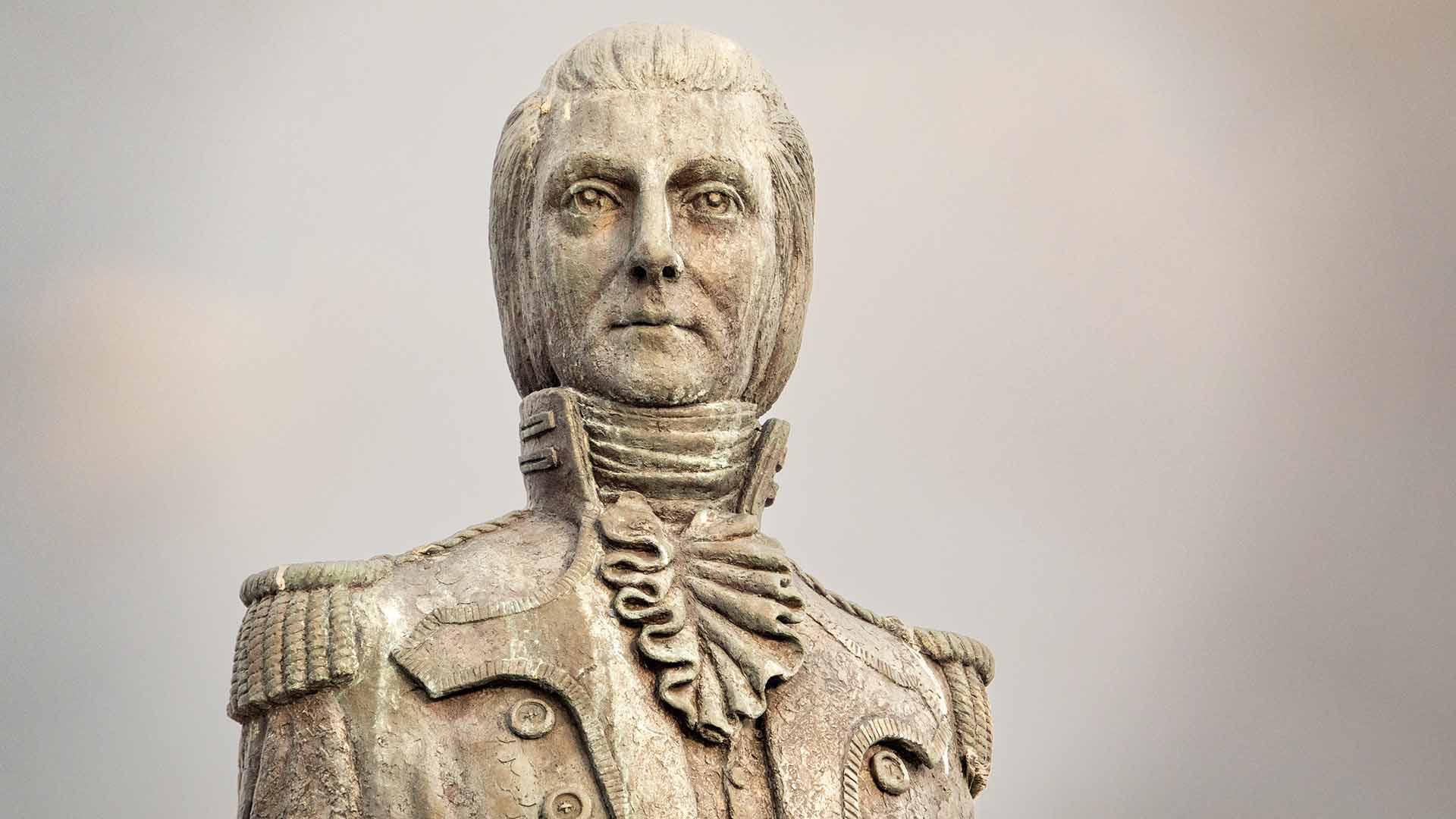
“our freedom must be had at all hazards. If the men of property will not help us they must fall; We will free ourselves by the aid of that large and respectable class of the community- – – the men of no property
Saint Brendan
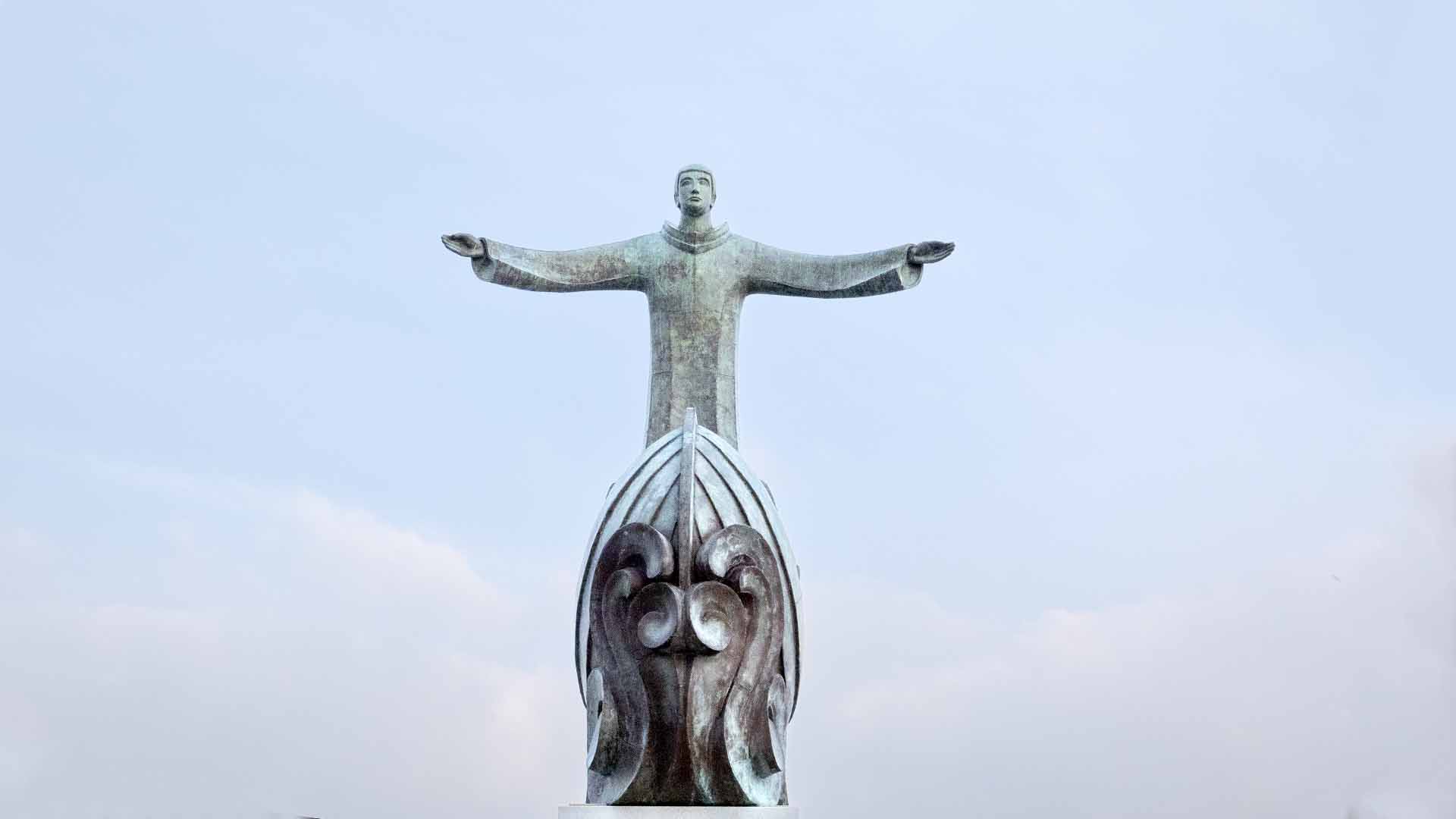
Saint Brendan of Clonfert, also referred to as “Brendan moccu Altae”, called “the Navigator”, “the Voyager”, “the Anchorite”, and “the Bold”, is one of the early Irish monastic saints and one of the Twelve Apostles of Ireland. Wikipedia
This statue of St.Brendan the navigator was erected to mark the official opening of the Gulf oil terminal on Whiddy Island by the Taoiseach John Lynch T.D. May 1969.
Battle of Bantry Bay
The English and French navies met for the first time in 150 years during the Battle of Bantry Bay in 1689. The French were unloading men and supplies for exile King James II’s attempt to regain the throne when the English fleet appeared on the horizon. The French drove their opponents out to open sea where the battle raged for four hours. Despite inflicting significant damage, the French retreated.
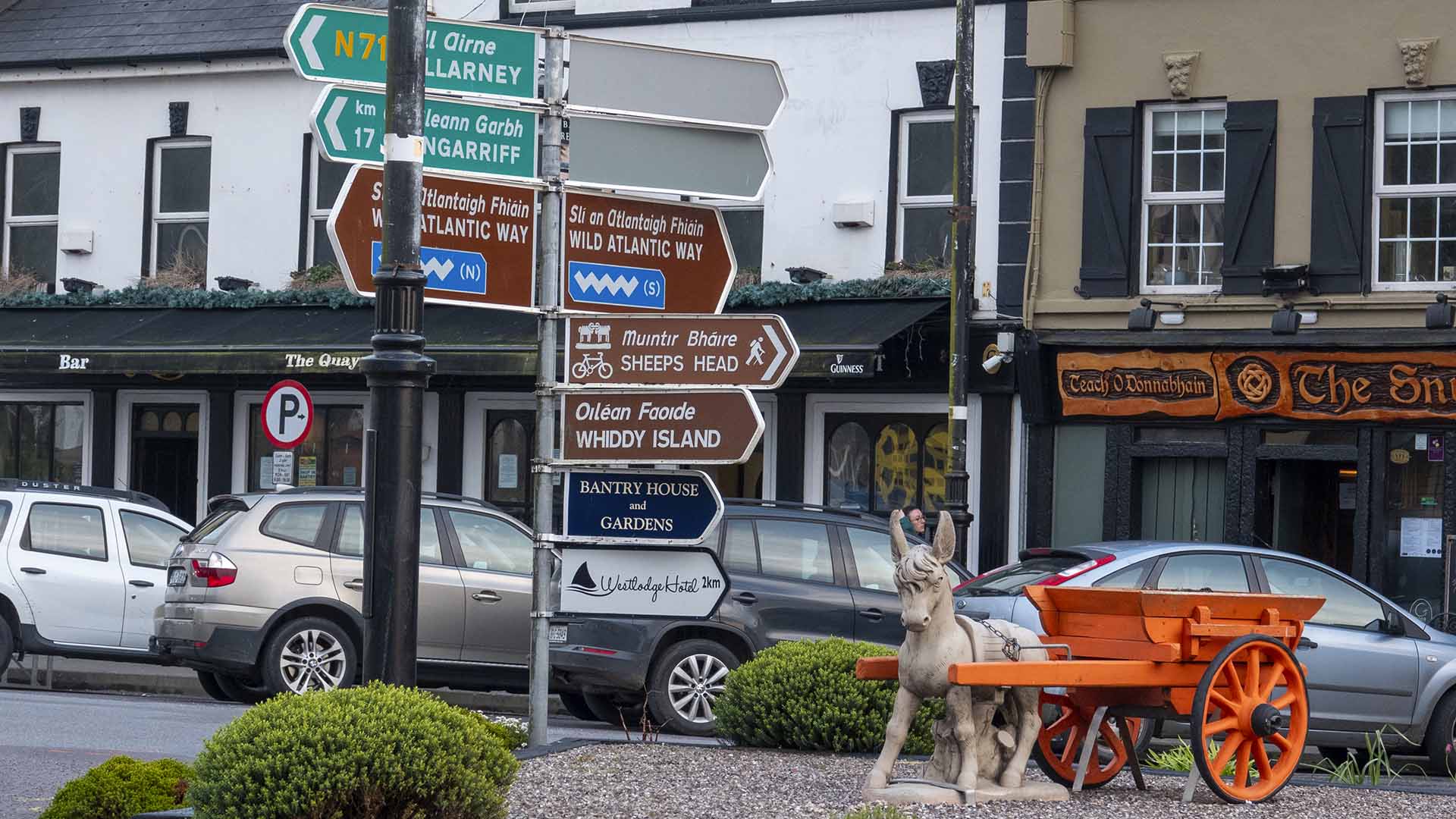
The return of the French fleet
Another French fleet sailed into Bantry Bay in 1796, backing the Irish rebellion against British rule: Wolf Tone, the Irish leader was on board the Indomptable a double-deck 80-gun ship The 43 ships planned to rendezvous in Bantry Bay but the owner of the present Bantry House alerted the British. Bad weather and the fear of being trapped resulted in the fleet heading home.
Bantry Bay
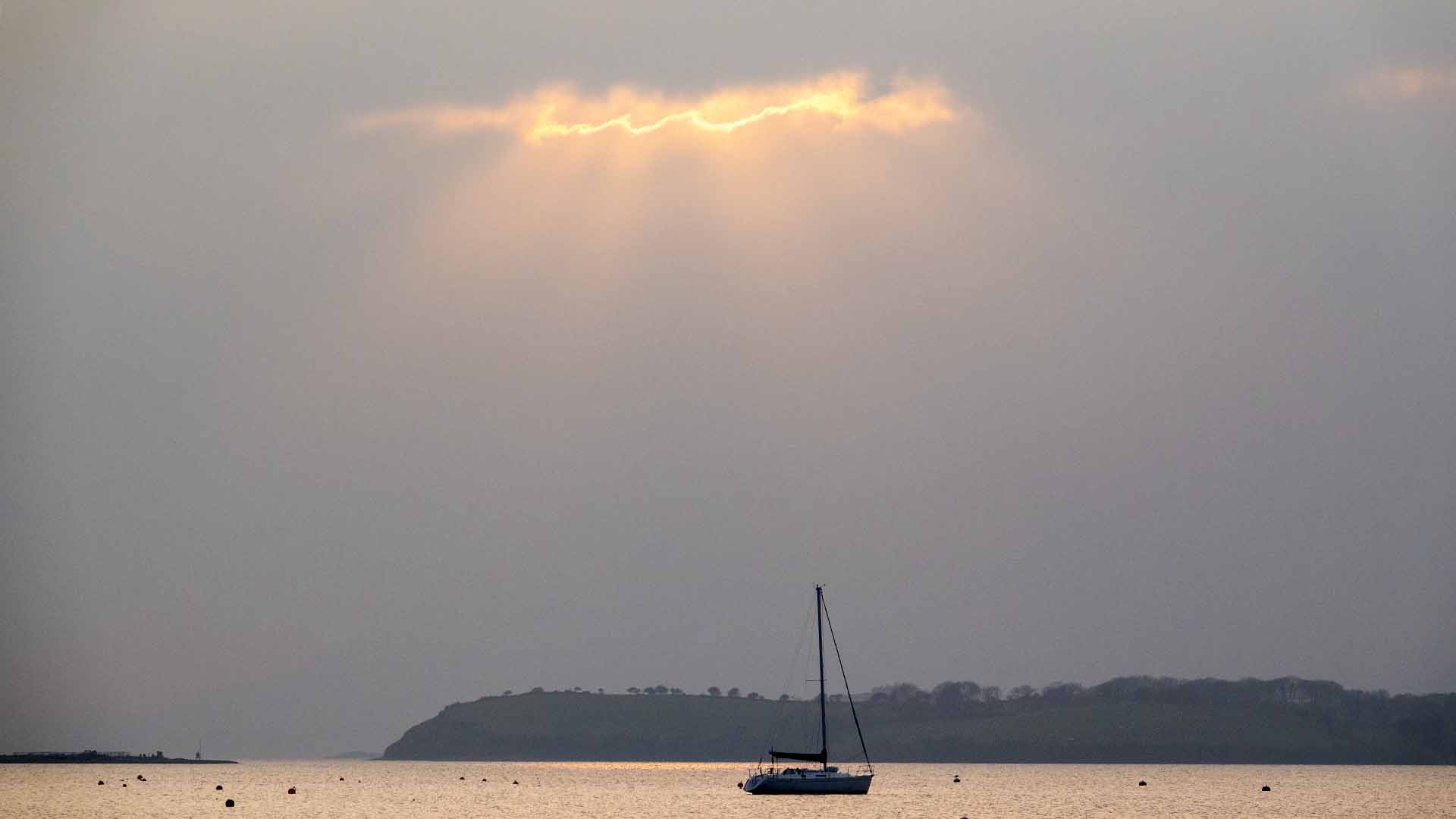
Bantry Bay is one of the deepest natural harbours in the world, stretching approximately 35km from northwest to southwest towards the Atlantic Ocean. Framed by the Caha Mountains range and Beara Peninsula to the north and Sheep Head to the south.
The Bay is approximately 10km wide at the entrance narrowing steadily to 3-4 km at its head. The two largest islands in the bay are Whiddy Island on the Bere Island on the north shore adjacent to the port of Castletownbere.
Bantry Bay is well known for aquaculture and tourism, along with a rich history and a burgeoning artisanal food sector. The deep clean waters of Bantry are rich in plankton carried in by the Gulf Stream. This provides the nutrients that make the area an ideal environment for the culture of mussels, oysters, scallops and salmon.
